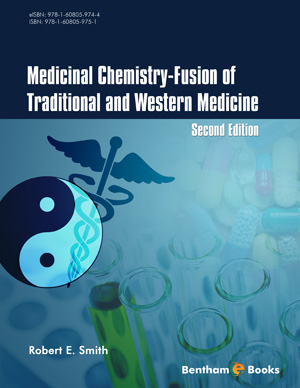Abstract
Microtubules and proteins that bind to them are also possible targets for therapy. They participate in many cellular processes, including transport and cell division. There are two major classes of microtubule drugs, microtubule destabilizers (or inhibitors) and microtubule stabilizing agents. However, tumors develop resistances to microtubule inhibitors. This has many causes, but some of the most important are “efflux pumps such as the P-glycoprotein or ABCG2 and MRP1. Thus, the identification of compounds that are active in multidrug-resistant (MDR) cells is urgently needed” [1]. There are two classes of microtubule drugs, microtubule inhibitors (vincristine and vinblastine, which are alkaloids from the Madagascar periwinkle, also known as the Catharanthus roseus, and once known as Vinca rosa), approved by the FDA in 1963 and 1965, and stabilizers Taxol (Paclitaxel) and Taxotere (Docatexel) approved in 1992, and 1996, respectively. Also, there are two semi-synthetic derivatives of vincristine, called vindesine and vinorelbine. Another class of microtubule-acting anticancer drugs contains the epothilones. “Epothilones A and B are naturally occurring 16-membered macrolides, which are produced by the myxobacterium Myxococcus xanthus or Sorangium cellulosum” [1]. Another natural product that acts on tubulin is called eribulin. It was isolated from the Pacific sponge and it inhibits the polymerization of tubulin. The root bark of the Combretum caffrum tree is the source of combretastatin, which is another natural inhibitor of tubulin polymerization [1]. Another drug that binds to microtubules is called Maytansine. It disrupts microtubule assembly.
Keywords: Microtubules, Taxol, Taxotere, Epothilones.






















